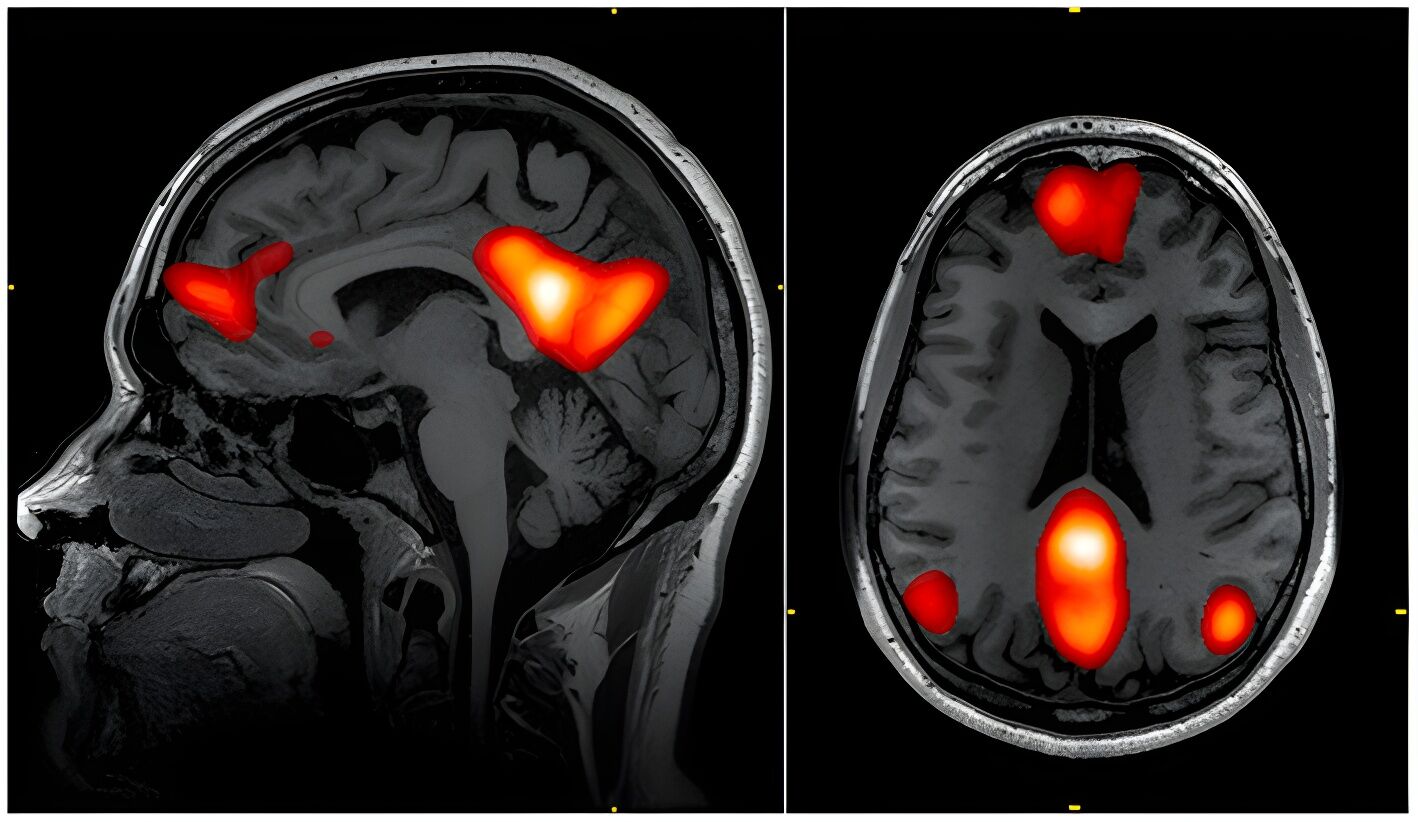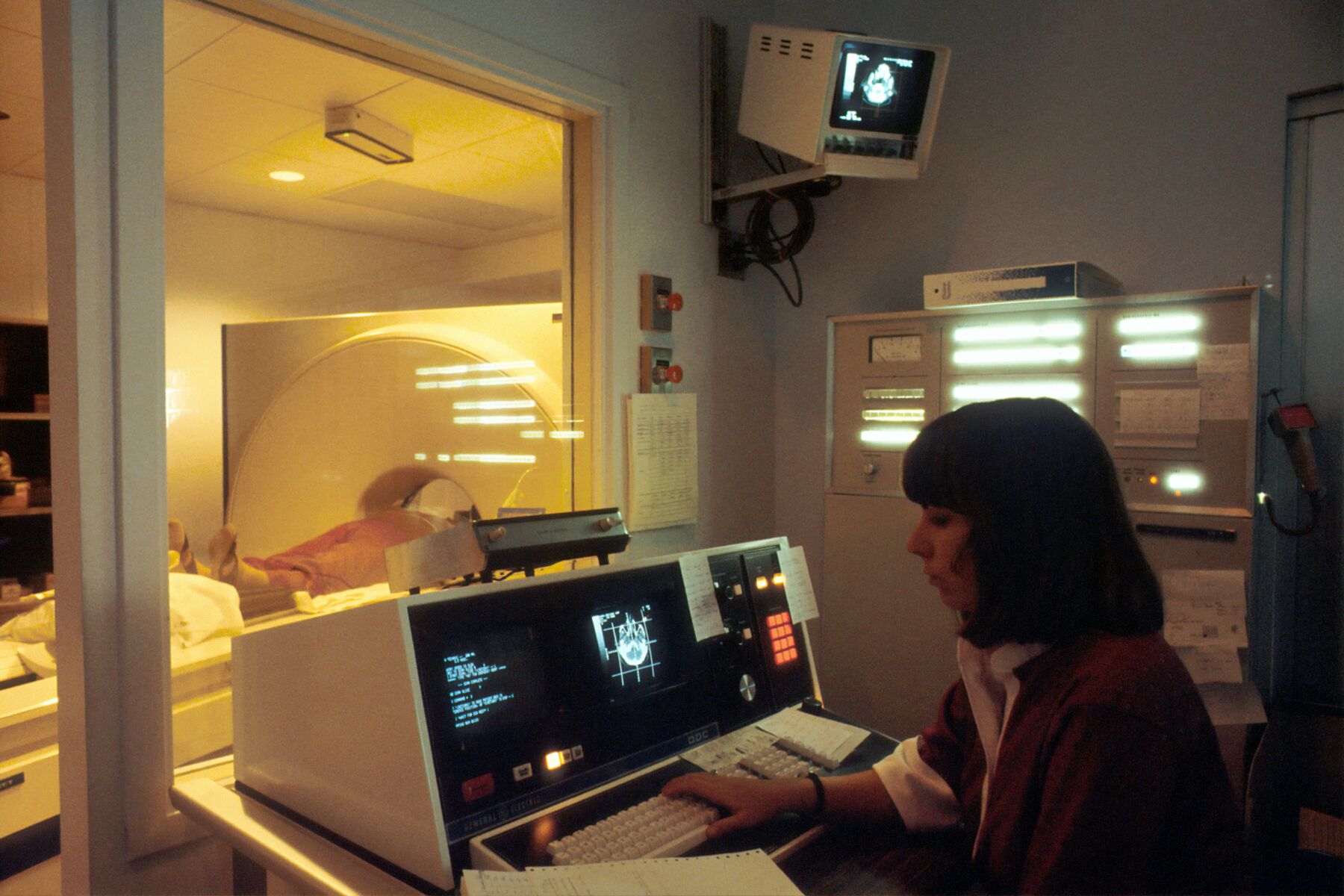A new test can predict dementia nearly a decade before symptoms show

Researchers at Queen Mary University of London have developed a groundbreaking test that can predict dementia with over 80% accuracy up to nine years before diagnosis. This new method, which uses advanced brain imaging techniques, outperforms traditional diagnostic tools and offers hope for early intervention.
A revolutionary approach
The innovative technique, spearheaded by Professor Charles Marshall and his team, involves analyzing functional MRI (fMRI) scans to detect changes in the brain’s ‘default mode network’ (DMN).
The DMN is a crucial neural network involved in various cognitive functions and is one of the first areas affected by Alzheimer’s disease.
By examining fMRI scans from over 1,100 volunteers from the UK Biobank, a large-scale biomedical database, the researchers could estimate the connectivity between ten regions of the brain that make up the DMN. This allowed them to assign each participant a probability of developing dementia based on their brain connectivity patterns.

High predictive accuracy
The study’s results were impressive, with the model accurately predicting the onset of dementia up to nine years before an official diagnosis, with an accuracy rate exceeding 80%. In cases where volunteers did develop dementia, the model could even predict the time to diagnosis within a two-year margin of error.
The researchers also explored the impact of known risk factors for dementia on the DMN. They found that genetic risk for Alzheimer’s disease was strongly linked to connectivity changes in the DMN, and social isolation was identified as a significant risk factor affecting brain connectivity and increasing the likelihood of dementia.
Implications for future treatments
Predicting who will develop dementia is crucial for developing treatments that can prevent irreversible brain cell loss. Scientists hope that the measure of brain function will allow them to be much more precise about whether someone will develop dementia and how soon, so they can identify those who might benefit from future treatments.
Using these analysis techniques with large datasets, neurologists can identify those at high dementia risk and learn which environmental risk factors push people into a high-risk zone. This method could be applied to different brain networks and populations, helping scientists and doctors understand the interplay between environment, neurobiology, and illness.
The role of technology
The test’s success is partly due to the advanced technology used in the study. fMRI, a non-invasive imaging tool, takes about six minutes to collect the necessary data on an MRI scanner. This means it could be easily integrated into existing diagnostic pathways, especially where MRI is already in use.
The technique developed by the QMUL team could provide a non-invasive biomarker for dementia, identifying individuals who will later develop Alzheimer’s disease up to nine years before a clinical diagnosis. This pre-symptomatic stage is when emerging treatments are likely to offer the most benefit.

Understanding the default mode network
The default mode network (DMN) is a network of brain regions that activates when a person is at rest. It’s involved in high-level cognitive processes such as social cognition and mental time travel, providing an individual with their narrative sense of self. Alzheimer’s disease disrupts the functional connectivity of the DMN, leading to cognitive decline.
By using dynamic causal modelling (DCM), the researchers could move beyond simple correlations in brain activity to describe the causal influence of one brain region over another. This provided a more nuanced description of neural connectivity and helped detect features that might be missed when mapping functional connectivity alone.
Future directions
The study’s findings open up exciting possibilities for early detection and intervention in dementia. By identifying changes in DMN connectivity years before symptoms appear, healthcare providers can develop targeted prevention strategies and potentially slow down or prevent the onset of dementia.
However, the researchers acknowledge the need for further validation of their models on external datasets. The UK Biobank cohort, though extensive, is healthier and less socio-economically deprived than the general population, which could affect the generalizability of the results.
Moreover, while fMRI is a powerful diagnostic tool, it is expensive and can be affected by excessive head motion, necessitating high exclusion rates in the analysis. Future research will need to assess the tolerance of these methods for lower-quality data.
The development of this predictive test marks a significant step forward in the fight against dementia. By enabling early detection, it holds the promise of transforming how we approach the prevention and treatment of this debilitating condition. With continued research and validation, this technique could become a standard tool in clinical practice, offering hope to millions at risk of dementia.
The test will be available at certain private hospitals in Bangkok by the end of October 2024, individuals interested in placing a booking can contact MyMediTravel for more details.
Latest Thailand News
Follow The Thaiger on Google News:


























